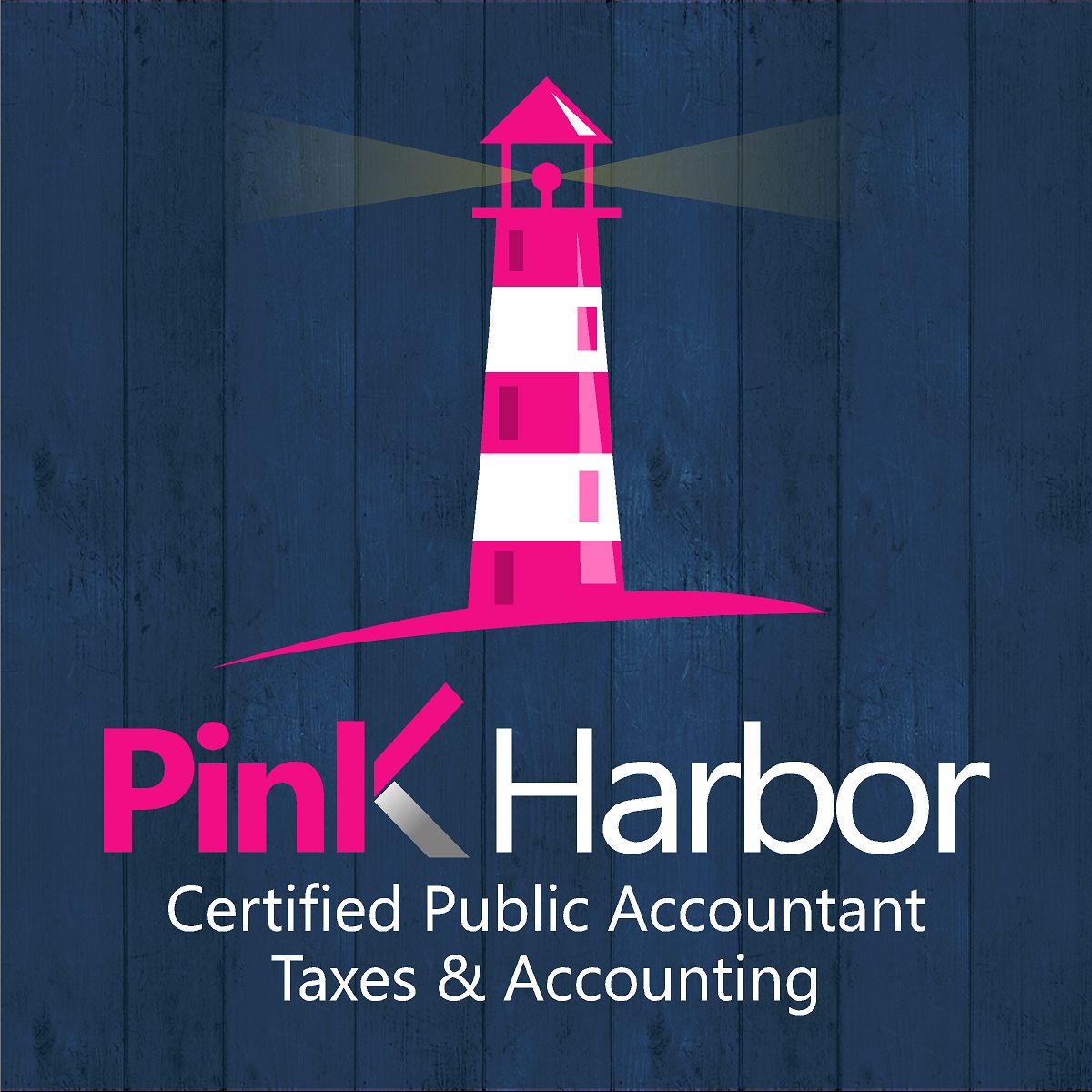Background
One day I receive a call from a business owner named Joe I had met the day before at a Chamber of Commerce event. Joe is in his late 60s and has an incredibly successful building supply company. Joe had recently had a health scare and like most business owners he didn’t think about succession planning until the day he was ready to retire. Joe had a C-corporation which owned a $5 million property and had over $3 million of inventory on the books. Joe wanted to pass the business down to his two sons and maintain control of the property. Joe’s future longevity of income would be tied down into leasing the building to the sons.
The first problem was that both the building supply business and the property/building were in a C Corporation. C corporations have the worst taxability consequences associated with them. Nothing can be transferred out of the C corporation unless it is at Fair Market Value. Simply transferring the inventory of Joe’s Building Supplies, Inc, a C- corporation to the son’s LLC would trigger a major taxable event.
We were just coming out of the great recession and Joe made some very smart purchasing decisions during that period. When everyone else was out of cash, Joe had plenty of it. And he used his cash position to leverage very good deals for himself. If your order was large enough, manufacturers were willing to produce a bulk of goods for practically their cost just to keep their workers employed and most of all to keep their bankers happy. The manufacturers knew that if they could keep the doors open through the recession they would be in the perfect position to make a substantial profit once the economy rebounded.
The Goal
As I’ve said, Joe wanted to maintain control of the building for the remainder of his life to provide a continual income stream. At Joe’s shares in the corporation would pass down to his sons. Until then, Joe would rent the building and property to his sons – and his sons would form a new LLC to run “Smith Sons Building Supplies, LLC”.
The Problem
Problem #1 – “Joe’s Building Supplies” had and inventory with a fair market value of $3 million ($2 million cost), which if transferred out would trigger over $1 million in an immediate taxable gain to the corporation. Another major problem is that no inventory is ever fully sold in any industry. Stagnant inventory only has a scrap value. Because this is an arms length (closely related) transaction, the corporation would be overpaying tens of thousands of dollars in taxes as a gain on inventory which would never be sold.
The Solution
For the inventory, we utilized a wind down / wind up method. All existing inventory was sold out of “Joe’s Building Supplies, Inc.” and properly recorded. An new inventory purchased was purchased and sold by “Smith Sons Building Supplies, LLC”. Any inventory remaining at the end of 2 years was deemed worthless. “Joe’s Building Supplies, Inc” and “Smith Sons Building Supplies, LLC” entered into an exclusive arrangement the “Smith Sons Building Supplies, LLC” would provide free warehouse space for 2 years in exchange for being able to buy all worthless inventory for $1.
For the building – The building remained in the Corporation name, although an S corporate election was made. Joe changed his will that his sons would immediately inherit all stock in the C Corporation upon his death. Any stock transferred at time of death gets a stepped up basis of Fair Market Value, thus avoiding the tax impact. A contract was also prepared where the LLC would lease the property / assets of the Corporation, thus providing Joe with a continuous stream of income. Until he property is sold, no taxable gain will need to be recorded.
The Key Players
The narrative here is overly simplified for learning purposes. While I provided all accounting services and consulting services, and I coordinated the entire plan, I couldn’t do it alone. Being experts in our field, we have an abundance of highly qualified companies we deal with every day. An attorney met with the client and prepared all contracts and other legal paperwork. An IRS qualified fixed asset valuation company assessed all assets of the Corporation, as well as made the determination as to when inventory would be deemed worthless. An inventory maintenance company was hired and developed special software to apply new, specific barcodes to all corporate inventory – and the software recognized which company maintained the inventory according to which barcode was scanned.
The Moral of the Story
Before coming to us Joe had went to 3 major CPA firms and all gave him the nearly identical conclusion – there was nearly no way to handle this without an immediate taxable effect. Why? Most likely because most accounting firms are regimented to focus on specifically what is in front of them and to never think outside the box. They are made to think “ordinary.” At Pink Harbor, we are anything other than “ordinary”, as this case study shows.





